Crisis Hedging with the VIX
The Equity Crisis Cycle. For illustrative purposes only. Source: TCM
Rather than smoothing the business cycle, the Fed’s attempt to manage it appears instead to have increased the volatility of the economy and asset prices, giving rise to an Equity Crisis Cycle that mirrors the increasing amplitude of economic booms and busts over the past century.
While the stock market tends to rise over time, for an investor to actually capture these gains increasingly requires either nerves of steel or some way to address the acute crisis phase that so often creates allocation errors that can permanently derail an investor’s long term results.
By far the most popular of these methods is to own protection continuously like an insurance policy, usually in the form of put options which offer a predetermined floor or “strike price” below which a portfolio is protected from losses. Though individual contracts may well benefit a portfolio during market declines, the cumulative cost of maintaining a continuous series of such contracts ultimately makes this approach a losing prospect that nearly guarantees the portfolio’s underperformance over time.
Guided by its proprietary Volatility Dashboard, TCM has developed a tactical risk management strategy that reserves defense only for the crisis period itself- an approach that addresses the crisis issue while flipping the hedging cost / benefit equation positive over a full cycle.
VIX Crisis Hedging Concept. Stylized example for illustrative purposes only. Source: TCM
Rather than a mechanical trading system, the dashboard is a method of analysis and decision-making that helps keep our portfolios aligned with current market conditions. Across a multitude of variables, the Dashboard continuously monitors the VIX marketplace for signs of stress. As risk aversion rises, our portfolios add defensive positions seeking to avoid major drawdowns during crisis periods and bear markets.
Cost-conscious tactical risk mitigation
By reducing exposure or adding protection only while crisis conditions are present, TCM strategies can buffer major market downturns at a fraction of the cost of “always on” protection such as put options. It all adds up to more resilient portfolios.
View our Introductory Webinar for more information.
A fit for every portfolio
alternatives
Non-correlated return using volatility-informed exposure management.
For investors seeking to diversify return sources away from stocks and bonds.
risk-managed Indexing
Strategic equity index exposure with tactical risk management.
For investors seeking risk-managed exposure to equity indexes.
model portfolios
Total portfolio solutions offering diversified risk-managed exposure.
For investors seeking a complete wealth management solution in a single portfolio.







